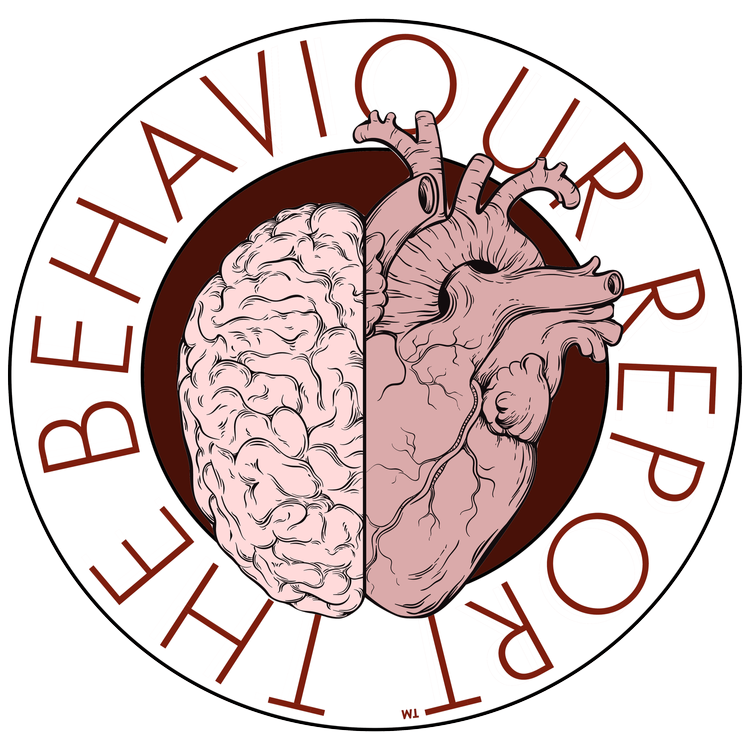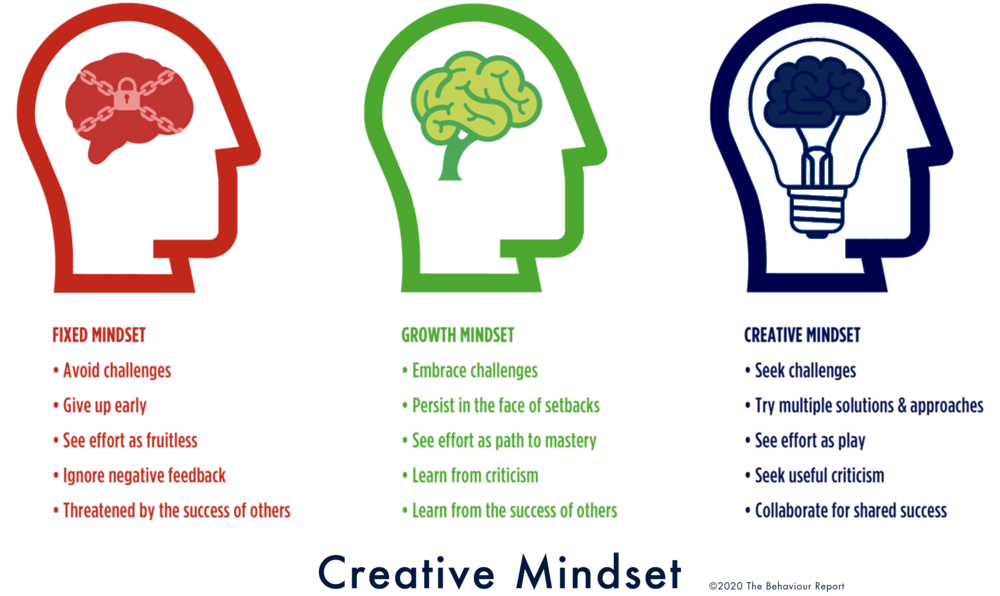Kieran Flanagan @ThinkKieranF
Unless you’ve been living under a rock for the past decade, you’ve probably heard of Carol Dweck’s work around mindset and the concept of 'Growth Mindset.’
What struck me most when I first read her book, rather conveniently titled ‘Mindset,’ was just how much the concepts she outlined overlapped, almost completely, with how those who work in the creative industries are trained to think about challenges, overcoming obstacles, seeing creativity as a discipline not just a talent, being able to seek out and utilise feedback (sorting the Green Hats from the Black Hats - to borrow a metaphor from Edward de Bono) and to see collaboration and the success of others as critical to personal success.
So, I thought I’d outline some of the nuances that I’ve observed to exist between Dweck’s Growth Mindset and Creative Mindset - even though, I often use the concepts interchangeably. If anything, a Creative Mindset might be thought of as Growth Mindset ‘turned up to 11.’
Love problems
There’s a saying amongst the creative industries, “If it ain’t broke, break it.”
Not only do those with a Creative Mindset not avoid problems, they thrive on solving them. In fact, almost all creative endeavour requires some kind of tension, or challenge, or unresolved problem to push against, and in doing so, to fix, transform or revolutionise.
Truth be told, giving a problem or challenge to someone with a creative mindset is like setting a ball of wool down in front of a kitten. They can’t not play with it.
My dear friend and founder of Thought Leaders Business School, Matt Church, will often drop a problem into a conversation like an unfinished Rubik’s cube and then smile and walk away, knowing I won’t be able to leave it alone.
With a Creative Mindset, rather than avoiding a problem, or even embracing it stoically, challenges are seen as what makes the game interesting and engaging.
Try multiple ideas until solved
Creativity, amongst other things, is a numbers game.
We often imagine the stereotypical creative type staring out the window, waiting for inspiration to strike, for the muse to arouse a new thought or for a moment of genius. But in fact, creative problem solving is more discipline than talent.
Beyond not giving up, or persisting in the face of failure - trying again and again without losing enthusiasm, a Creative Mindset doesn’t just seek an answer to a problem, it seeks answers, plural.
A Creative Mindset finds joy in trying to go around a problem, over it, under it and through it, etc…
Which leads us to point number three.
See effort as play
And the game we play is called, “What if…?”
One of the joys of working in the field of Commercial Creativity, is that, the work itself is the reward, the process is intrinsically motivating. (For any clients reading this post, I still expect my invoices to be paid.)
It would not be stretching the truth too much to say that creativity is the original gamification of process. There is a lightness to creative problem-solving, even when the problems being solved are of critical, political and even moral importance.
The distinction here again is that the journey to mastery is as interesting and nuanced as the achievement of mastery itself.
Seek useful criticism
Commercial Creativity might be thought of as a capacity to withstand rejection and the killing of your babies - as for every idea that is designed, prototyped, tested, modelled and commercialised, hundreds, if not thousands will fail.
But that might be too narrow a view of how criticism is used by those who embrace the Creative Mindset.
Creativity, by its nature is fluid and malleable. Often, when running innovation workshops or issue hacking facilitation sessions, I’ll use a tool called ‘Wet Paint.’ The rationale is, as long as the paint is still wet the idea is still in flux, so let’s see where it can go.
Rather than simply being a process of negative criticism or of finding as many ways to say, “No!” diplomatically, critiques are seen as opportunities to build on the ideas and as new problems to be solved creatively - almost like increasing levels of challenge in a video game.
Collaborate to help others succeed
Few endeavours of any significance are solo events, and yet our culture has chosen to idolise the idea of the lone warrior, the solitary artist and the ‘one man against the world’ story line. As compelling as these tales can be, rarely do they fit with the reality of Commercial Creativity.
Every innovator has a team around them, every director a crew, every entrepreneur some professional service advisors and every change agent a community of followers.
A Creative Mindset sees collaboration as a critical part of the process and the success of others as dragging us all up rather than elevating a few and demising others. "A rising tide lifts all boats,” as the saying goes.
So, is it worth making a slight distinction between Growth Mindset and Creative Mindset?
In my opinion, yes. Not because different roles, tasks and industries require different mindsets or skills, rather, it’s simply because, should you feel the need to ‘turn it up to 11,’ it’s nice to know it’s there!

